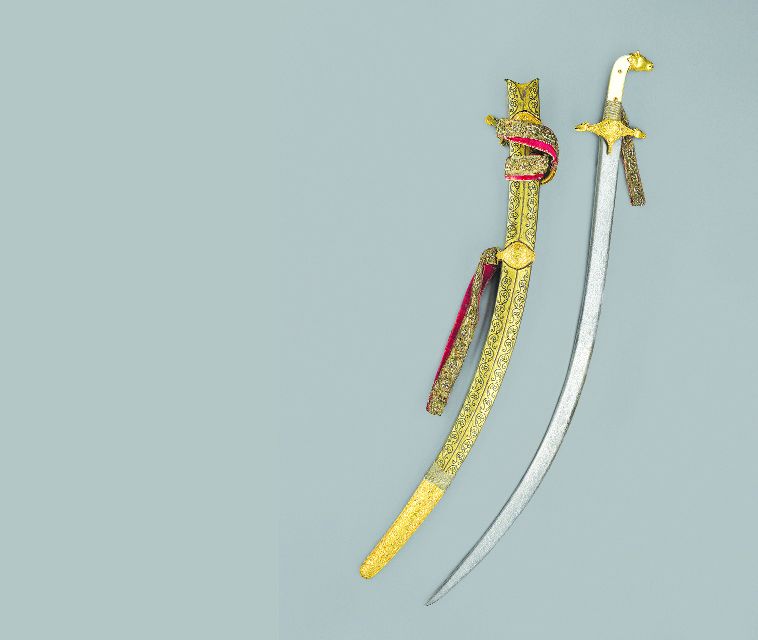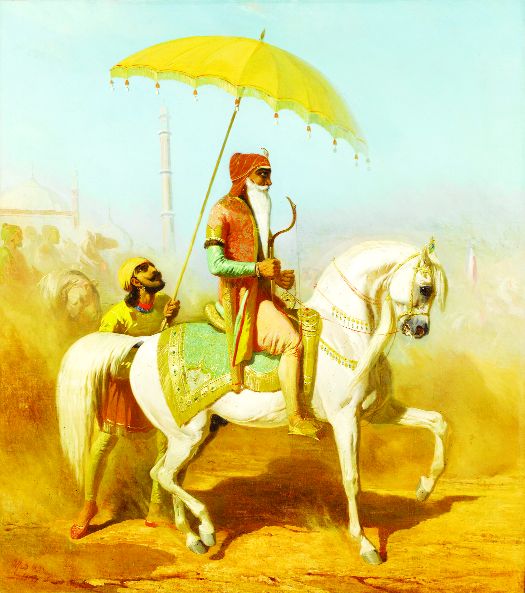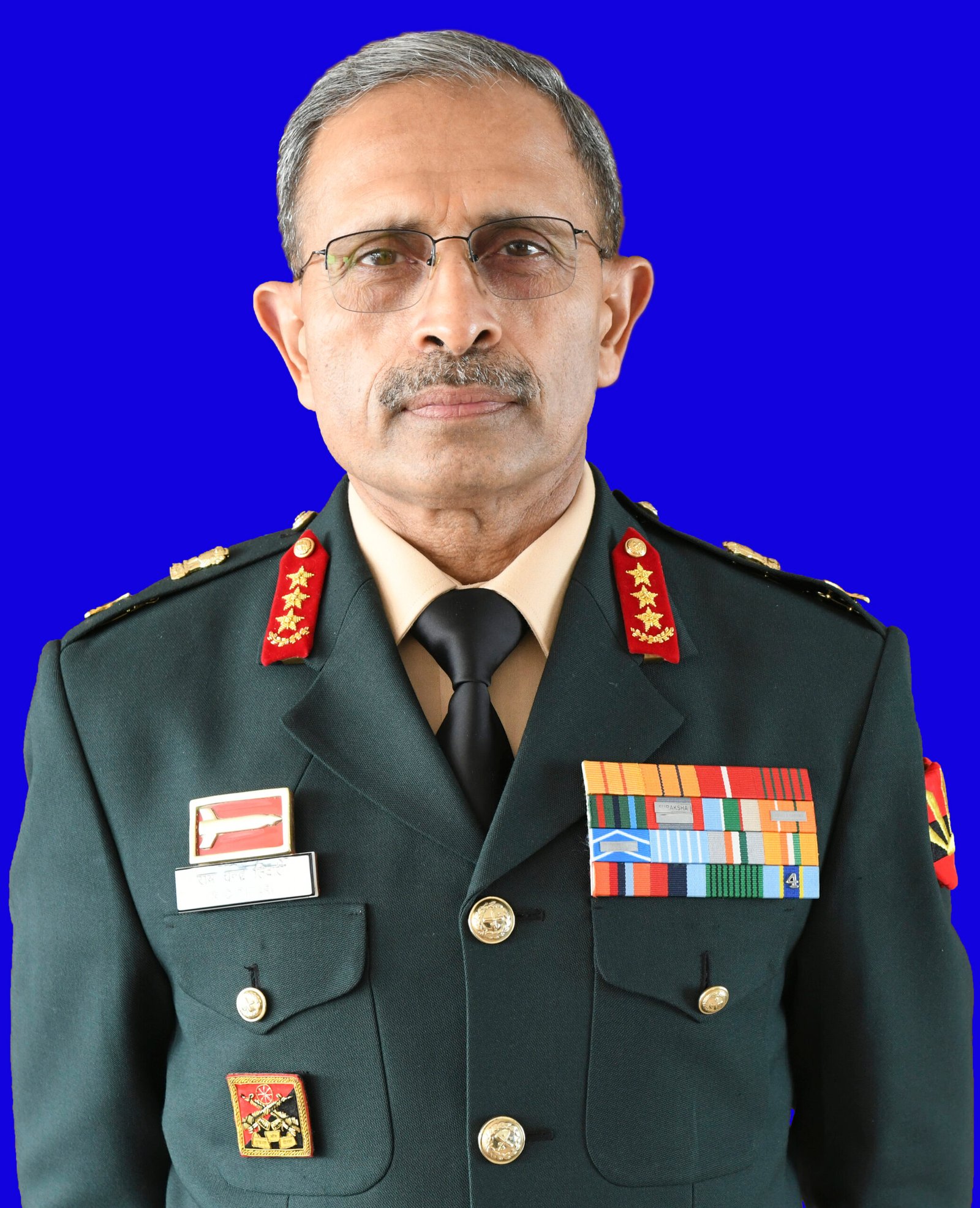
Sonia Wigh
In 1799, at the age of 19, Ranjit Singh conquered Lahore and began his campaign to bring the diverse misls of Punjab under his control. Over the subsequent four decades of his rule, the Maharaja resisted strong aggressors, including the Afghans and the British, as well as created an enduring legacy as a powerful warrior, astute statesman, and flamboyant monarch of a cosmopolitan empire. This legacy is highlighted and celebrated by the exhibition, ‘Ranjit Singh — Sikh, Warrior, King’, at the Wallace Collection in London. The exhibition (on till October 20) has been co-curated by Wallace Collection’s director, Dr Xavier Bray, and scholar of Sikh art, Davinder Toor.

Scholarly research on Ranjit Singh demonstrates how his court is of value for the cosmopolitan, eclectic and syncretic space it fostered for an ethnically and religiously diverse population. It also shows the remarkable stability of the state, centralised institutionalised mechanisms, diligent record-keeping, and managing European incursive intents. All these aspects are explored through five sections of the exhibition: ‘Prelude to Power’, ‘Masters of War’, ‘The Lahore Durbar’, ‘Firangis’ and ‘Legacies’.

The opening section, ‘Prelude to Power’, has a map of the subcontinent highlighting the extent of the Sikh empire at the death of Maharaja Ranjit Singh, which orients the viewer’s perspective from the get-go. Comprising mostly paintings from the Toor collection, this section addresses the key moments of the making of the Sikh politico-religious edifice in the 18th century. By juxtaposing the paintings of Guru Arjan Dev expounding on the ‘Adi Granth’ with another of a heavily armed Guru Hargobind holding a hawk, the curators cleverly project the making of the Sikh warrior tradition in the 18th century, or as Purnima Dhawan has shown, how ‘sparrows became hawks’.

The most substantial section in the exhibition is ‘Masters of War’. It consists of arms and ammunition, full-body armour, paintings depicting the Sikh martial form, and even a dastar bunga, a towering version of the turban preferred by the Nihangs. It is in this section that the curators display objects directly referencing the ‘Sikh’ martial body. For instance, the steel ‘turban helmet’ explains how space was made in a traditional helmet (taup) for the Sikh turban and top-knot — a cultural-bodily marker, especially as they were worn by the exclusive, elite, 800-strong dragoons within the general Sikh forces. The section also engages with Ranjit Singh’s relations with the Marathas — another political force as powerful and capable of encroachment as the British with whom the Maharaja signed a treaty of ‘perpetual friendship’ instead.

The curators then turn towards the space within which Ranjit Singh received all his visitors, friends and foes: ‘the Lahore Durbar’. Through a curious blend of paintings, fabrics, manuscripts and medals, this section offers a range of perspectives of looking at the cosmopolitan court created by Ranjit Singh. The visitor will be able to see the impressive ‘Golden Throne of Maharaja Ranjit Singh’, borrowed from the Victoria and Albert Museum. For anyone interested in the transformation of cities, the ‘Panoramic View of the Walled City of Lahore’ (1845) makes for fascinating viewing. Taking up an entire wall, the painting captures the essence of the city of Lahore, from the ‘mosque of Shah Jahan’ dominating the right corner to the ‘haveli of Sardar Ahluwalia’ on the left. The visitors’ eyes will be immediately drawn to the journal of Frances Eden, sister of the Governor-General of India, who sketched two views of the Koh-i-Noor diamond, prized possessions of Maharaja Ranjit Singh — now in the British royal treasury. Ironically, the diary is framed by a fabulous emerald girdle of Maharaja Sher Singh, ‘lent’ by His Majesty the King.

The story of Ranjit Singh is equally a story of strong women who supported and helped create the Sikh edifice celebrated by the exhibition. The recent spate of work by Anshu Malhotra, Priya Atwal and Radha Kapuria has highlighted how the actions of women — from machinations of individual queens safeguarding the empire to everyday feminine interactions — shaped the Sikh social order. Yet, the women are curiously short-changed here. Their presence is limited to two portraits of Rani Mahtab Kaur, and Maharani Jind Kaur — whose jewellery is also showcased, almost as though that was the extent of their contribution. It was interesting, however, to read about how Maharani Jind Kaur’s personal jewels and possessions were captured by the British and only a small portion was returned after protracted negotiation by Duleep Singh, to be eventually retailed by Frazer and Haws.
Apart from the famous loss of Koh-i-Noor, it was at this moment when the history of loot and coercive acquisitory practices that have led to staggering displays of ‘South Asia collections’ (or worse, ‘Oriental collections’) in Western museums was rendered visible. Ironically, the only painting where women feature predominantly is the one depicting ‘The Cremation of Maharaja Ranjit Singh with Four Queens and Seven Maidservants’. The painting was meant to depict the act of sati (self-immolation) by the four high-born Hindu Rajput wives of the Maharaja. The plaque accompanying the painting acknowledges that the act of sati was condemned by the third Sikh Guru and banned by the British, but even the audio accompanying the painting does not note how this act was a way of symbolising kingship, borrowing from the Rajput traditions.
In fact, there is also a subtle tension in the exhibition between acknowledging the links of the Sikh empire under Ranjit Singh with the Timurid-Mughal empire and establishing it as the enemy responsible for the emergence of Sikh martyrdom. The exhibition displays objects belying the profusion of Persian documentation, liberal usage of Persian script in the administration, and adaptation of Persianate (and even Rajput) forms of kingship by the Sikh rulers — and shies away from exploring the connection.
Much of what we know of Ranjit Singh’s court comes from European travel accounts. The section on ‘Firangis’ showcases not only the visitors but also those employed by Ranjit Singh to compete and outsmart competitors like the East India Company. The paintings of Ranjit Singh commissioned by European officers offer an insight into how he was visualised by European officers in Sikh service. An ‘Ornamental Letter of Credence’ from King Louis Philippe I of France to Maharaja Ranjit Singh not only underscores his political relevance in the shifting alliances of the 19th century, but also the necessity to cultivate him as a ‘dearest friend’ by other powerful monarchs of the time.
My favourite piece from the whole exhibit is in the last section, ‘Legacies’. The 1870s painting titled ‘The Golden Temple of Amritsar and the City Beyond’ attributed to Bishan Singh immediately transports you to Harmandir Sahib. The vivid colours and the vibrant hues used to render the everyday lives of the pilgrims to the sacred site fill you with euphoria. To anyone who has been to the Golden Temple, the skill of the painter is so fine that one can almost hear the cacophony of the scene, the coolness of the water as the devotees take a cleansing dip, the conversations while getting ready, and the warmth between a child and his mother holding a toy. It makes one yearn for home.
At some point, I thought the exhibition was struggling with the unenvious burden of being the first and different. The exhibition is extremely important inasmuch as it’s the first attempt to historicise the life of Maharaja Ranjit Singh and bring his substantial achievements to the public through an impressive series of artefacts. And yet, it seems to be geared towards the Sikh diasporic community or those with prior knowledge of the subcontinent and its history. I wonder how much a non-specialist would take from it. They will remember Ranjit Singh, but the nuances of what is in the material might be difficult to grasp, especially as the cast of characters that populated his world is not fully sketched out. Maybe a helpful timeline of the Sikh faith and empire could have accompanied the map at the beginning of the exhibition, or a list of dramatis personae to better contextualise the material would have been helpful.
While some of the plaques describe the contents in the display cases, there is little attempt to transcribe and translate the non-English material. This would render some articles incomprehensible to the non-specialist viewer beyond just being objects. Even the articles that are in English would need palaeographic skills to read. For instance, the ‘True copy’ receipt marking the formal transfer of the famed Koh-i-Noor diamond from the Sikhs to the British elicited much interest in the viewers when I was visiting the exhibition, but they struggled to decipher the script and the content.
For me, all the elements of the exhibition came together in the ‘Sword Likely to Have Belonged to Maharaja Ranjit Singh’, with intricate scenes of kingship and piety, zoomorphic symbols as well as inscriptions on the knucklehead in Gurmukhi calligraphy (from the ‘epic narrative on life of Krishna’) which the audio tells us reads: ‘May the cauldron and the sword flourish in the world, grant your protection so that no other can kill me.’ By emphasising that feeding and protecting the unfortunate is the highest virtue for a Sikh, the exhibition connects our past and present — to the heart of Sikhi and Maharaja Ranjit Singh.












































































